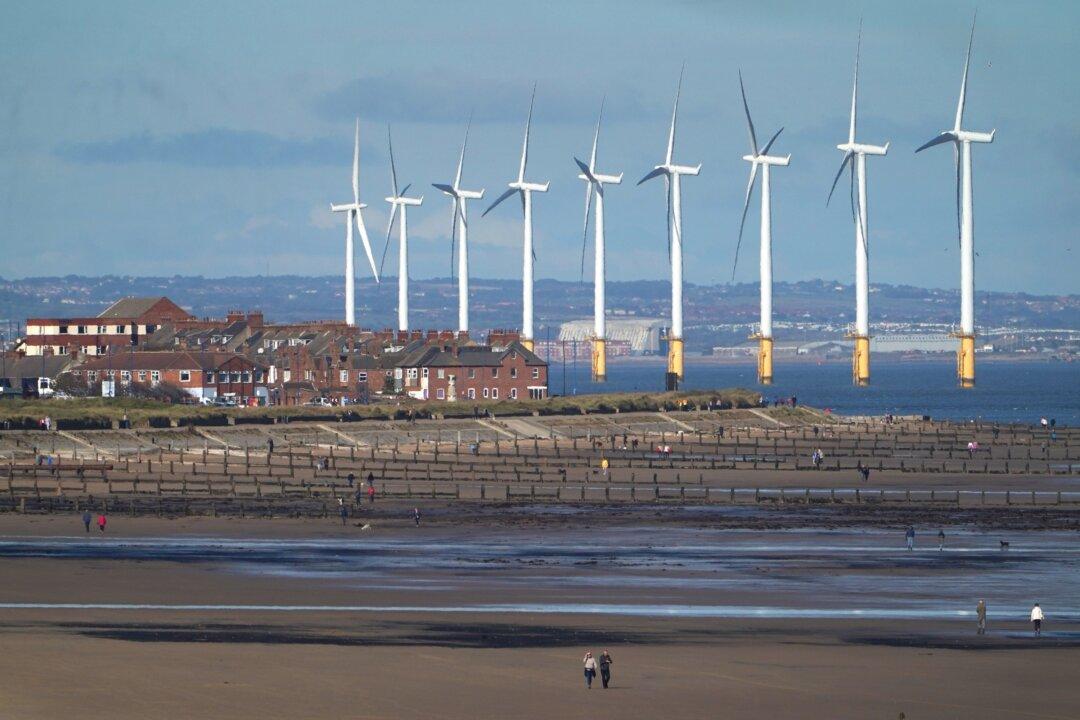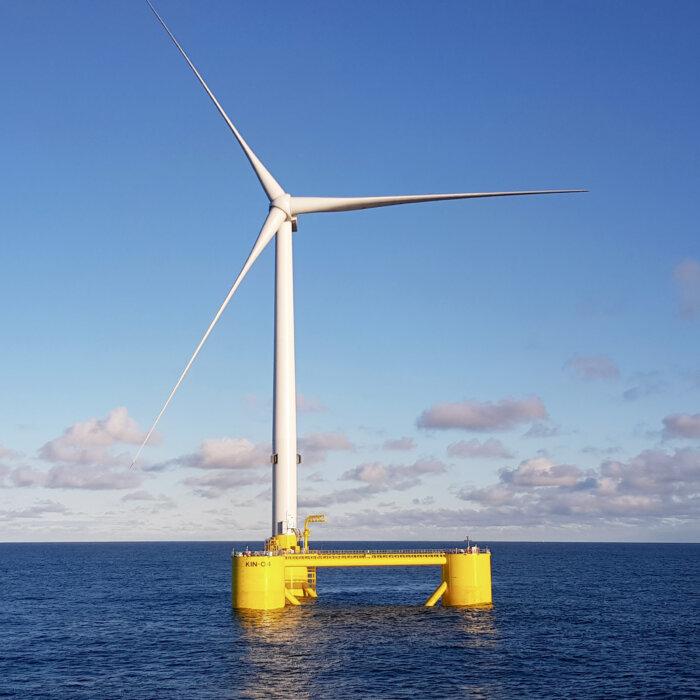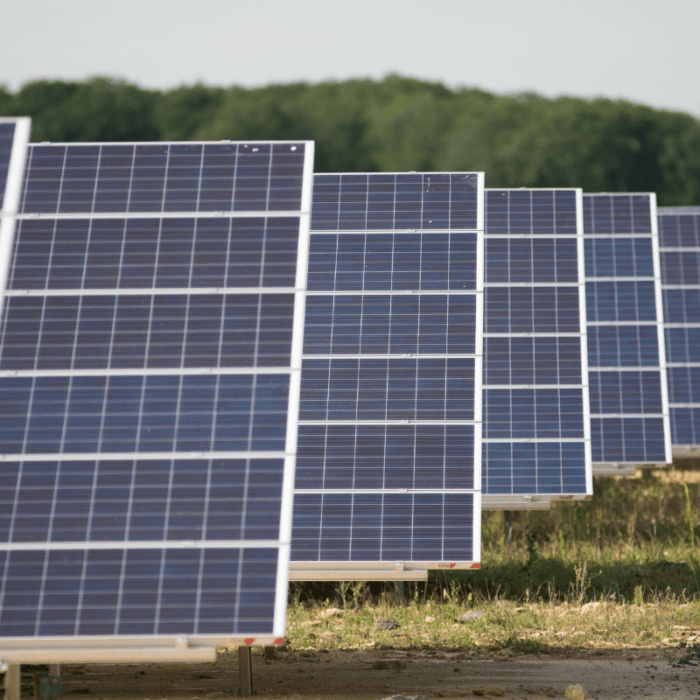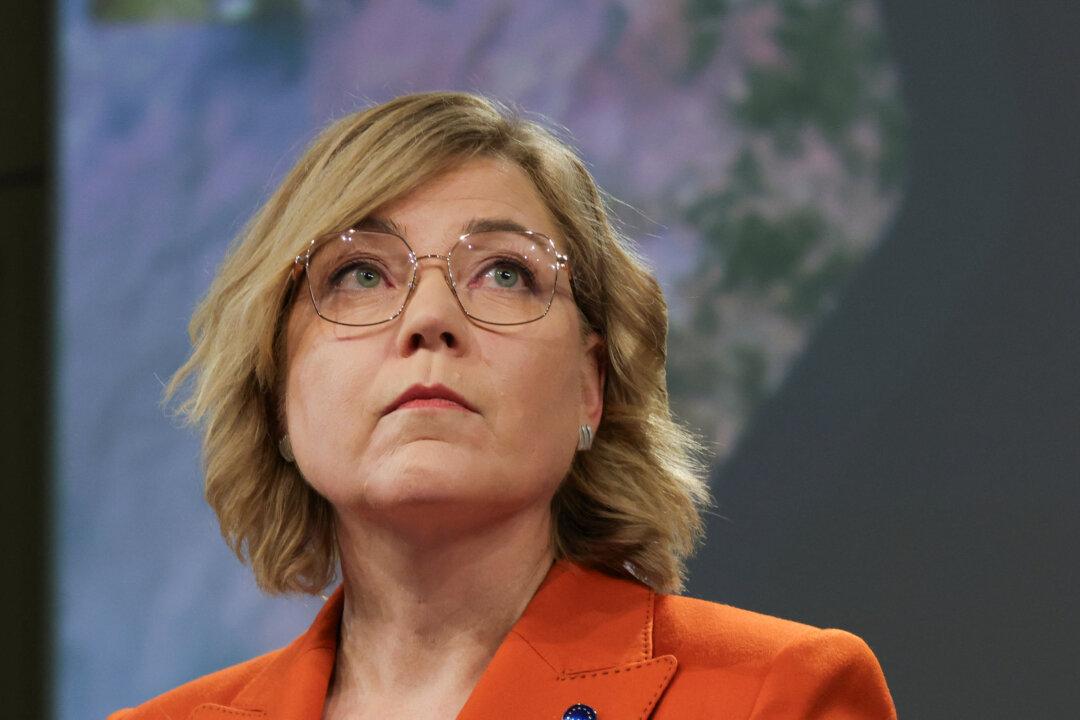Profit from the Crown-owned land more than doubled to a record £1.1 billion last year, driven by rents from offshore wind farm developers.
Announcing the results on Wednesday, The Crown Estate said earnings increased by more than £658 million during the year ending March 31, from £443 million the previous year.
The Crown Estate is a significant national landowner, which owns virtually all the seabed around the UK out to 12 nautical miles, which it leases to wind farm operators.
Its £16 billion portfolio is not owned by the government or the monarch personally. Rather is held by the Crown as an institution, with no direct control or management by the reigning monarch King Charles III. All of its net revenue profit goes to the Treasury, some of which also goes to the Royal Family.
Offshore Wind Sector
The Crown Estate said it means that more than £4 billion has been delivered to the Treasury in the past 10 years.Dan Labbad, CEO at The Crown Estate, said that the record results “are the product of years of commitment and investment into helping create the UK’s world-leading offshore wind sector.”
The Crown Estate says it has 11 gigawatts of generating capacity across 36 offshore wind farms, but is preparing to add another 20 to 30 gigawatts by 2030.
Accelerating the Pace
Announced in the King’s Speech last week, Labour’s green Crown Estate Bill aims to significantly boost wind farm expansion by leveraging 6,500 miles of Crown-owned coastline seabed rights.Labour also wants to widen The Crown Estate’s investment powers and give it the ability to borrow in order to invest at a faster pace for its net zero plans.
Currently, it cannot use its large cash reserves to invest because it needs “to hold these against the prospect of future financial losses.”
Labour said that this will enable it to borrow from the Exchequer, which “will free up these reserves to be invested in new projects.”
“This is particularly critical for accelerating the pace of our offshore wind deployment,” it said.
The Crown Estate dates back to 1760 when George III surrendered the management of Crown Lands to Parliament for a fixed annual payment.
Since the Crown Estate Act 1961, income from its portfolio has been returned to the Treasury for the benefit of the nation’s finances.







